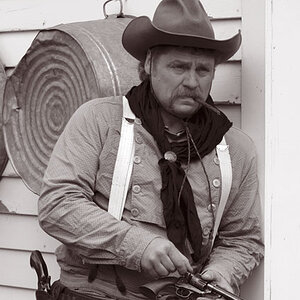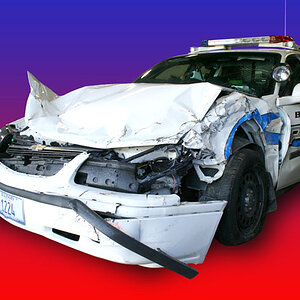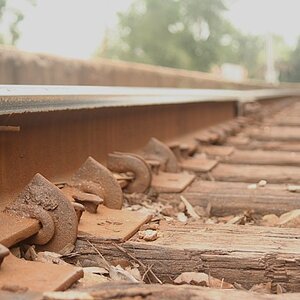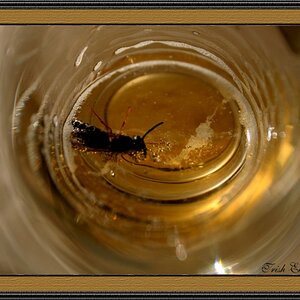Gavjenks
TPF Noob!
- Joined
- May 9, 2013
- Messages
- 2,976
- Reaction score
- 588
- Location
- Iowa City, IA
- Can others edit my Photos
- Photos OK to edit
To be clear: depth of field is mostly (or entirely? I don't exactly remember) a function of magnification of the in focus plane. Achieving the same degree of macro will give either precisely the same, or almost precisely the same DOF whether you do it via a dedicated macro lens, a reverse ring, a bellows, an extension tube, freelensing, additional optics added, or any other method.




![[No title]](/data/xfmg/thumbnail/34/34138-0ecadfd41de9ae178e53528e0eb1a32c.jpg?1619736310)

![[No title]](/data/xfmg/thumbnail/39/39291-a89dc472765e04f66f617dd9acc8030d.jpg?1619738958)



![[No title]](/data/xfmg/thumbnail/39/39290-dfb3e819bd94a7f30797638ae1ae27cf.jpg?1619738958)